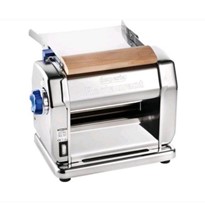When an upscale CBD restaurant reached out to us, they loved the idea of having Kikato, our service BOT, but they weren’t sure their space was ready. The aisles were tight, the pass was busy, and staff were already stretched thin. Instead of saying “no,” we worked with them to make a few smart changes so Kikato could fit in seamlessly.
Step 1 – Walk the Floor: We started by observing a few services. Staff were covering long distances, carrying trays back and forth, and often bumping into each other at choke points. Nothing unusual—but it meant Kikato needed a clear way through. Good news: Kikato only needs a 60 cm pathway, much less than most people expect.
Step 2 – Make Simple Adjustments: Together with the restaurant team, we: • Re-arranged a few tables to create one continuous pathway through the dining area. • Set up a small “pick-up station” near the pass, so Kikato could be loaded quickly without blocking chefs. • Created a landing spot for dirty dishes, so staff didn’t need to walk all the way back with them. These were small shifts that didn’t take away from the restaurant’s atmosphere or reduce seating.
Step 3 – Train & Try We gave the staff a short orientation—just an hour. They learned how to load Kikato, how to let it pass in the aisle, and how to keep the pathway clear. Within two services, it felt natural.
What Happened Next • Staff walking distances dropped by 2 km per shift • Service to tables was about 12% faster during busy times • Guests loved it—8 out of 10 said Kikato added something special to the experience • Staff said they felt less tired and had more time to talk to guests.
The Takeaway Getting “robot-ready” doesn’t mean redesigning your whole restaurant. With Kikato, it’s often just about: • A clear 60 cm path • A smart pick-up station • A little bit of staff training That’s it. The result? Staff focus more on people, Kikato handles the runs, and the restaurant delivers smoother service without extra headcount.
Kikato by Springle Robotics – built for hospitality, not for hassle.





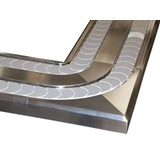
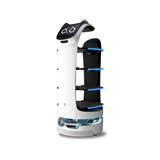





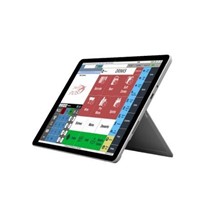

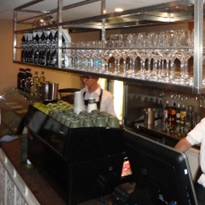

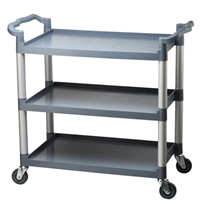
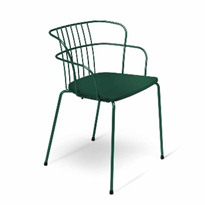
-205x205.jpg)
